Knee Wraps vs. Sleeves: Which One Do You Need?
Author:
Reviewed by:
(Certified Nutritionist, S&C specialist, M.Sc.Eng. Biotechnology)
Unlock your full potential by engaging with our experts and community! Have questions about your fitness journey or looking for expert advice on weightlifting techniques? Don’t hesitate — leave a comment below and Ihor Shymechko will provide a personalized answer and insights to help you reach your goals.
Torokhtiy is reader-supported. Some links are affiliate links, and we may earn a commission at no extra cost to you. See our disclosure page for details.
Using knee wraps or sleeves is just one of the endless riddles every weightlifter has to solve in order to make the right decision as to what accessories to have in the gym bag.
In this article, we will take an in-depth look into both of these fitness essentials to help each of you decide whether knee sleeves or knee wraps are the better choice for you. We will be looking at their durability, the support they provide, and what kind of athletes they’re best suited for.
So what’s the difference between knee wraps vs sleeves? So what’s the difference between knee wraps vs sleeves? – If you work with heavy weights and go for a 1 rep max every set, then knee wraps are what you want to use. If you have a casual training session with sets for 3+ reps, then put on knee sleeves.
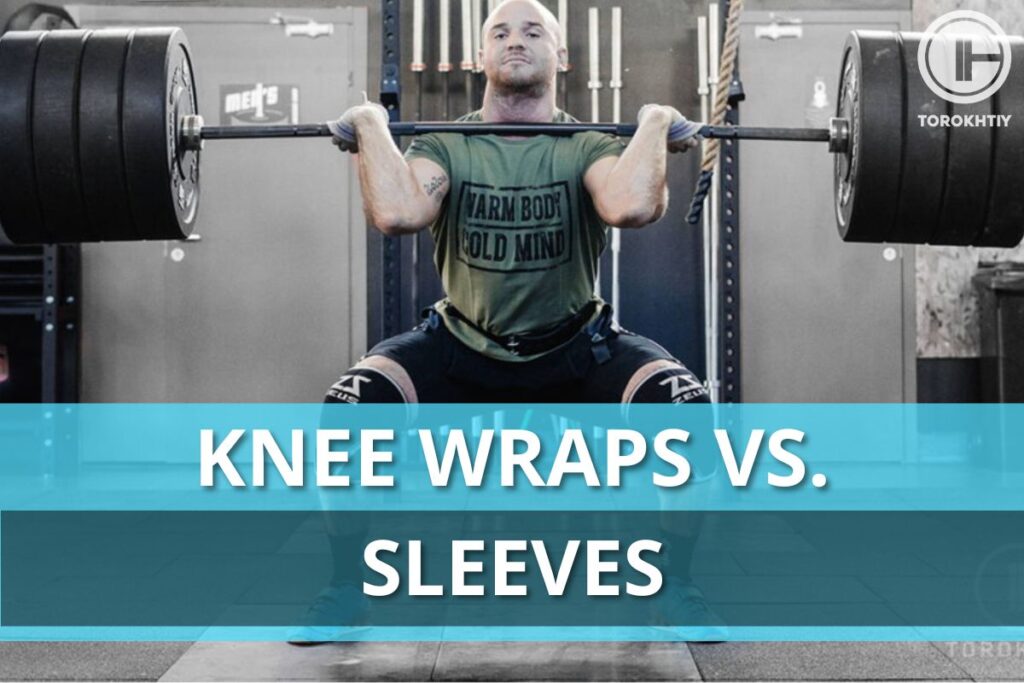
What are Knee Wraps?
Knee wraps are often worn by strength athletes, as they offer immense benefits, especially when doing squats. Knee wraps are created of the same elastic material as wrist wraps and are made to be wrapped around the knee in a way that allows for support to be provided without stopping the blood flow.
When doing squats, knee wraps can be extremely helpful because when the athlete goes down, the wraps store elastic energy, which is then released once the athlete starts going up, resulting in faster and heavier squats. Along with that, knee wraps can prevent injuries, as they’re believed to help reduce the stress on the quadriceps muscle that’s attached to the kneecap.
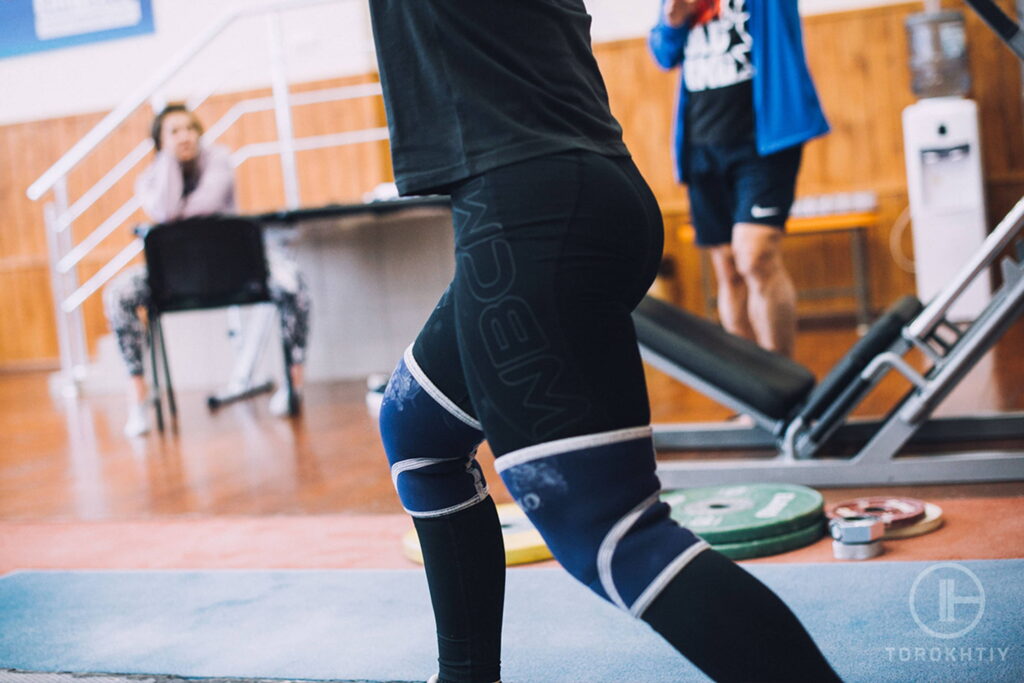
What Are Knee Sleeves?
Knee sleeves are made out of neoprene, and they tend to be very compressive and difficult to put on. The main idea of using knee sleeves is to protect yourself from possible injuries when performing heavy squats or other exercises involving the knee’s flection.
The sleeves help by providing compression in the knee area, thus increasing blood flow and reducing any swelling or pain that might occur in the joint after or during the training session. In addition to being compressive, knee sleeves also help improve the mechanics of particular exercises by limiting the movement of the knee and providing more stability.
What’s the Difference Between Knee Sleeves vs Wraps?
There are many differences between knee sleeves and knee wraps, as they’re made to be used for different reasons. Having said that, let’s take a look at five things that distinguish these two popular lifting accessories.
1. Design
The main difference in design comes in the way they have to be worn: knee sleeves are pulled on the knee (like a sleeve). On the other hand, knee wraps can be put around the knee in a spiral or circular manner.
Knee sleeves come in two sizes:
- 20cm,
- 30cm,
and look like a tube that can be placed around the knee and cover it.
They also vary in thickness, depending on what kind of compression and support you need.
- The 3mm ones are used for leisure activities like walking or hiking,
- The 5mm ones are for lifters who do squats, lunges, deadlifts, and other compound movements, and finally,
- The 7mm ones are made and used by competitive powerlifters and STRONGMAN competitors and are typically worn on competition days and heavy sessions.
Aside from length and thickness, often they also have regular sizing – S,M,L,XL … and you need to be sure you’re getting the right fit for you.
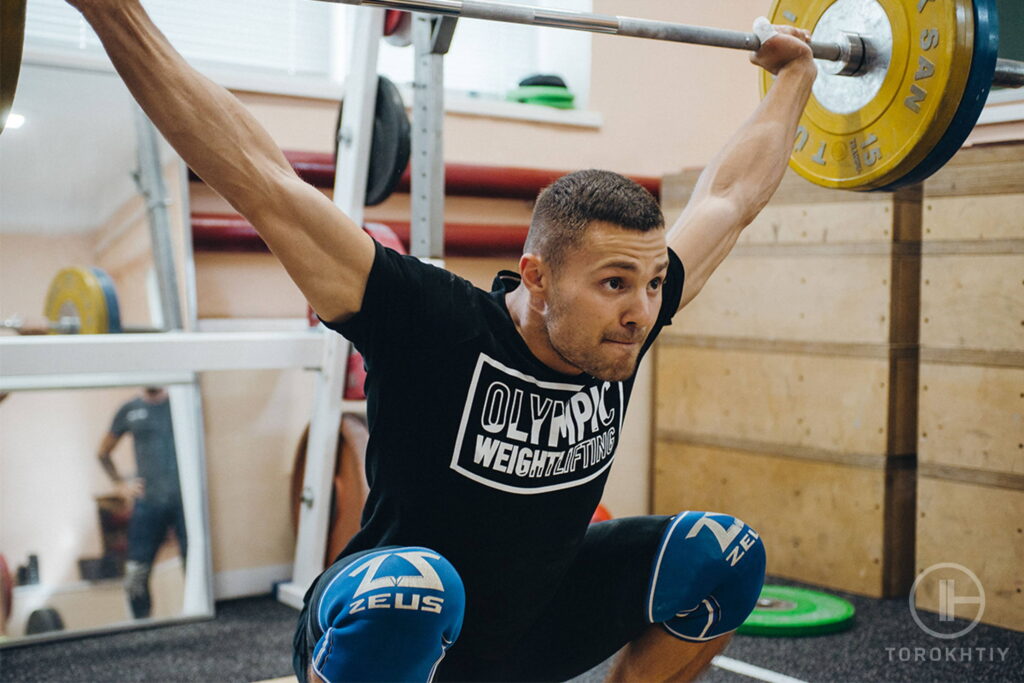
On the other hand, knee wraps come in two sizes:
- 2m
- 2.5m
They are generally a long strip of material that can be wrapped around the knee in a way that feels supportive and comfortable. The longer variation of the knee wrap allows for more support as it can be wrapped more times. However, most lifters prefer the 2m version, which is also the only one approved to be used during powerlifting competitions.
Compared to sleeves you don’t have a sizing here so you can just buy 2m knee wraps and you will be fine.
2. Material
Knee sleeves are made of neoprene, a type of synthetic rubber typically used to make wetsuits. This particular material is used in this instance for several reasons:
- it produces heat and also keeps the muscles and the joints warm by keeping it in, as the material is not breathable
- it’s pliable, meaning that it moves and bends according to what you do with your body
- it’s durable and tear-resistant; generally, a pair of knee sleeves can last a very long time,
On the other hand, knee wraps are made from an elastic material that can easily be stretched and wrapped around the knee. The use of an elastic material is a must for knee wraps, as the more you stretch them, the more potential energy you will have in the wrap.
Typically, when wrapped around tightly, the elastic material is rigid and makes it difficult for the athlete to move. However, that same tightness is what will help you squat more, as it works sort of like “loading a spring,” and this energy you get when raising from the bottom position will likely increase the amount of weight you can squat.
3. How They Are Used?
Knee sleeves should be put on at the start of a workout and are generally worn until it ends. Whether you’re doing a full-body workout or a lower-body one, knee sleeves are designed to be comfortable.
Even though they don’t provide stability during upper body work, they manage to keep your knees warm and ready for when the time comes. You have to do lower body exercises.
The situation is not like that when it comes to knee wraps. Depending on the athlete’s needs, they’re made to be used on and off. You’re not supposed to wear them at all times throughout an entire training session.
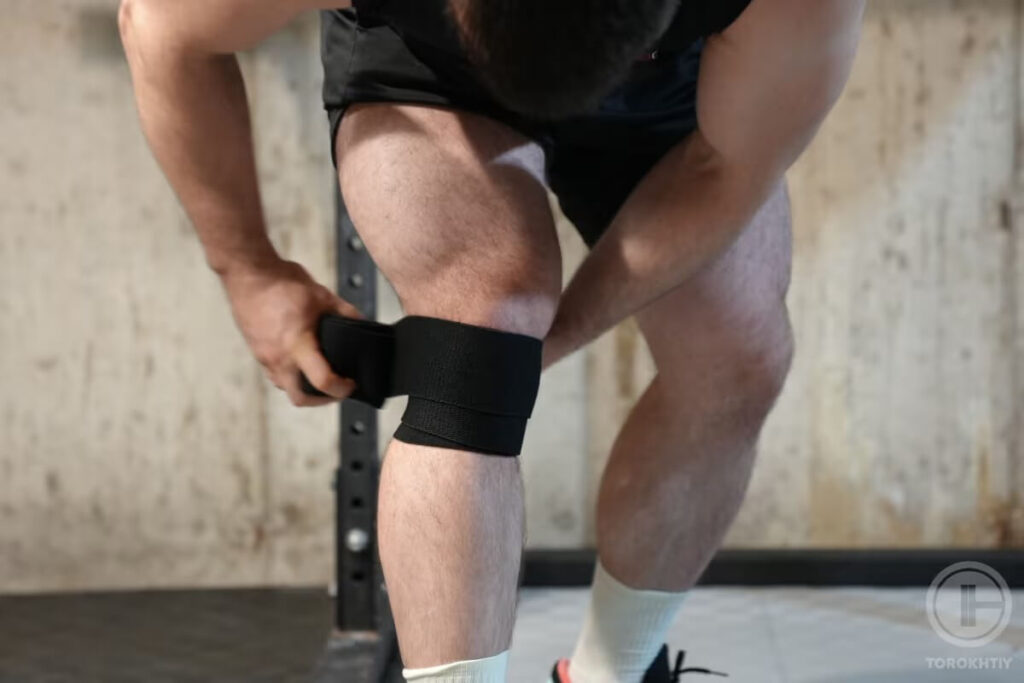
Typically, lifters use knee wraps only when they’re going into a heavy lower body set, and they take them off once they’re done with their work. That’s mainly done because knee wraps aren’t meant to feel comfortable and can often start cutting off blood flow to the calf if worn for a prolonged period of time.
That’s why most lifters will put on the knee wrap right before they go into the set and will take it off right after they’re done with the exercise.
4. Type of Exercises They’re Suitable For
Knee sleeves can be used by most people in the gym, regardless of whether they’re professional athletes, weightlifters, or simply recreational gym-goers.
Many enjoy feeling warmth in their muscles and joints, especially when lifting heavy, and the slight compression that the knee sleeves provide also gives people a sense of stability and support when performing compound, lower body movements.
On the other hand, knee wraps are mainly used only by competitive powerlifters, Olympic weightlifters, and other strength athletes or people who are truly looking to improve their squat PRs but have already developed sufficient/impressive general strength and resilience.
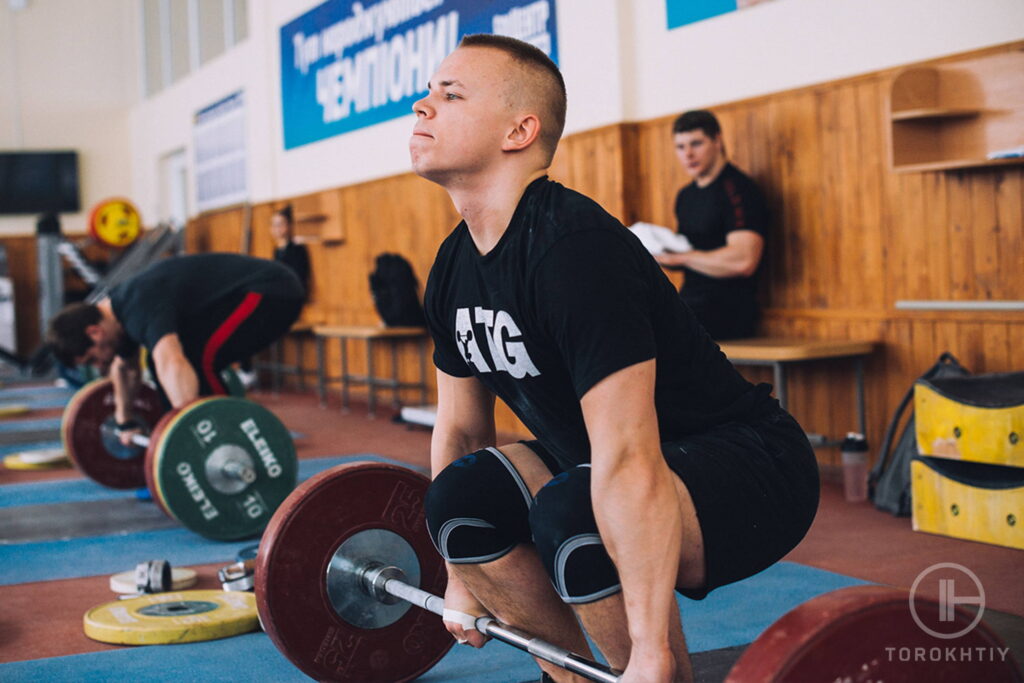
There is no point of using knee wraps unless you can squat more than at least 1.5x your bodyweight. They’re not really suitable for beginners or for people that don’t have a proper squat technique.
Remember, the whole idea behind using knee wraps is to get an advantage and to be able to lift more weight than you typically can, which is why they’re recommended and used only by a very specific group of athletes, or/and with specific scenarios.
5. Ease of Use
Putting knee sleeves on is no rocket science. The whole process is extremely easy, especially if you have bought the correct size – you only need to take the sleeve, place your leg in it and slide it up until it fully covers the knee joint.
It’s key to remember to put the knee sleeves on before the start of your workout. If you wait until later on, you might already be sweating, which will make the process of putting the knee sleeves on a lot harder.
Great tip from some pro athletes is to fold the sleeve in half – to reduce friction – get it just under your knee and then unfold it. Works great when you already have some sweat on your legs, but also when the sleeve is quite tight.
Knee wraps require more knowledge in order to be worn correctly. It’s vital that you know how to wrap the knee properly; otherwise, you’re risking a potential injury. Furthermore, by knowing many techniques for knee wrapping, you will find which one suits your leg best and which one enables you to generate more energy and thus helps you squat more weight.
Knee Wraps – Pros & Cons
Now that we’ve answered both when to use knee wraps and what makes them different from knee sleeves, let’s head on over and check out the pros and cons of using this weightlifting accessory.
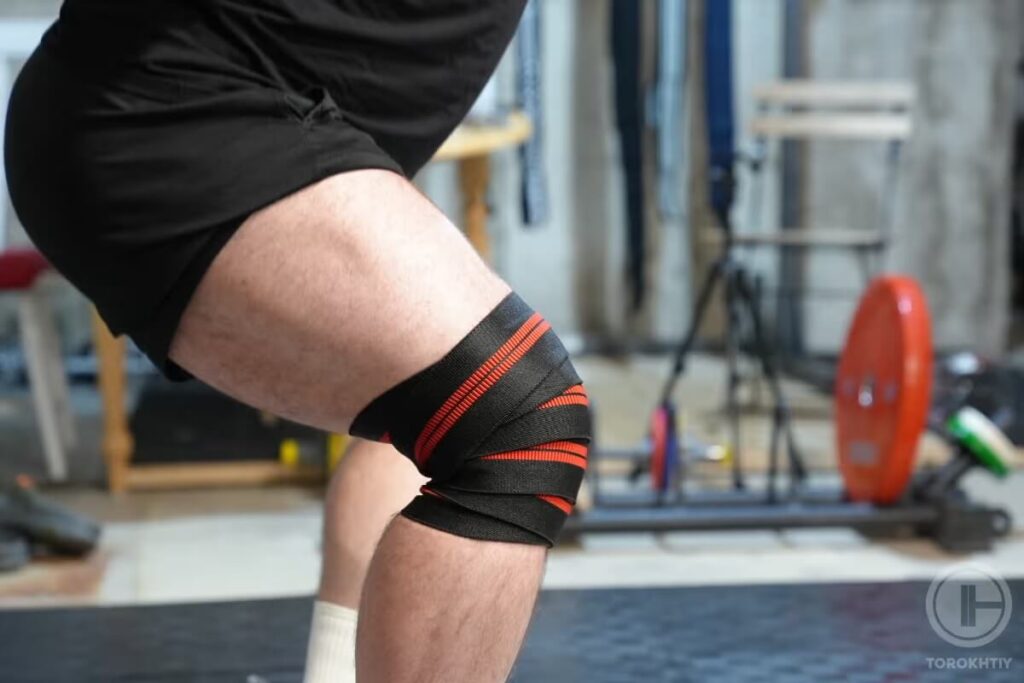
Positives:
Could be better:
Harbinger Red Line Knee Wraps
If you’re looking to buy a pair of knee wraps, then you should go for the Harbinger Red Line ones. They’re proven to be high-quality, durable, and are a one size fits all option, so you don’t need to worry about choosing a particular length.
Harbinger’s knee wraps are made for professional weightlifters and so are suitable for use during competitions. Their thick and wide elastic gives you maximum support while managing to help reduce the stress you feel on the knee joints when doing heavy squats.
Overall, this pair of knee wraps has been proven to be the best, and that can be seen by how widely it’s used by professional powerlifters and Strongman alike.
Knee Sleeves – Pros & Cons
You already know when knee sleeves are used, as well as some of the benefits they offer. However, we haven’t taken an in-depth look into all of the benefits and negatives of using knee sleeves, so let’s do that now.
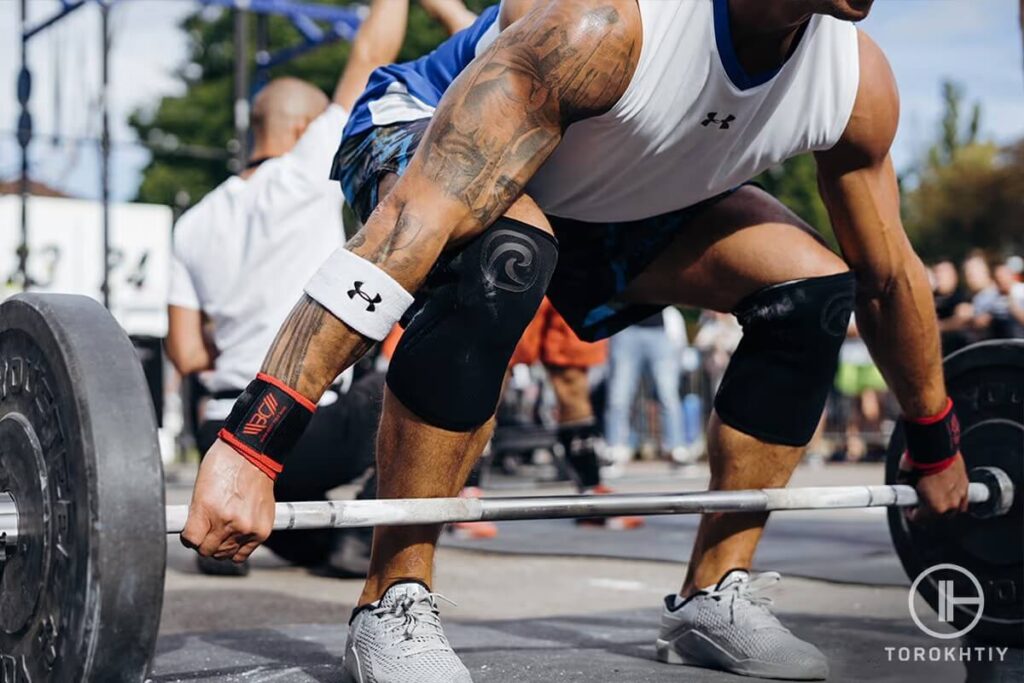
Positives:
Could be better:
The Gymreapers 7mm knee sleeves
The Gymreapers 7mm knee sleeves are one of the best options you can find on the market. Made from neoprene, they provide incredible compression and support to the knee joint while also being high-quality and long-lasting.
These knee sleeves come in several different sizes and can be used by both men and women and are also suitable for both professionals and people who are just now starting to train in the gym.
FAQ
Is using knee wraps or knee sleeves considered cheating?
Unless they’re forbidden explicitly by competition, both knee straps and knee wraps can be used and are not considered cheating. This is especially true for knee sleeves, which are almost always allowed. However, some powerlifting competitions forbid knee wraps as they can help an athlete lift more weight.
Can you squat more with knee wraps?
What do knee wraps do? They help you lift more weight by providing you with additional energy on the upward phase of the squat movement. So, yes, there’s a high likelihood that you will be able to squat more when using knee wraps.
Do knee sleeves affect muscle growth?
No, not at all. While knee sleeves provide warmth and compression, they won’t affect the muscle and will most likely not cause any atrophy.
In Conclusion
By the end of this article, you know that knee wraps and sleeves can be helpful accessories for lifters. There’s no need to choose only one. Instead, you can use them in a way that benefits your training and helps you achieve your lifting goals. With that said, have you used knee wraps or knee sleeves? What have you gained from including them in your gym bag? Let me know below.
Also read:
- 5mm vs 7mm Knee Sleeves
- Using Knee Sleeves for Deadlift
- Best Knee Wraps for Squats
- Best Elbow Sleeves for Lifting
- Best Elbow Wraps for Lifting
- How To Use Knee Wraps
- Best Knee Sleeves for Squats
- How To Choose A Knee Brace
- Gym Bag Guide
References:
- How to Squat with Proper Form // Healthline:
https://www.healthline.com/health/fitness-exercise/proper-squat-form - One Rep Max (1RM) Calculator // NASM:
https://www.nasm.org/resources/one-rep-max-calculator - Muscle Atrophy // Cleveland Clinic:
https://my.clevelandclinic.org/health/diseases/22310-muscle-atrophy - Photos by Torokhtiy Media Team.
Why Trust Us?
With over 20 years in Olympic weightlifting, strength training, nutrition coaching, and general fitness our team does its best to provide the audience with ultimate support and meet the needs and requirements of advanced athletes and professional lifters, as well as people who strive to open new opportunities and develop their physical capabilities with us.
By trusting the recommendations of our certified experts in coaching, nutrition, and sports training programming, as well as scientific consultants, and physiotherapists, we provide you with thorough, well-considered, and scientifically proven content. All the information given in the articles concerning workout programming, separate exercises, and athletic performance, in general, is based on verified data.
The product testing process is described in more detail here.
Author: Ihor Shymechko
Pro Olympic Weightlifter, Coach
Best Results: Snatch – 208 kg,
C&J – 240 kg
Ihor has been a professional weightlifter since 1996, boasting over two decades of competition experience. His notable achievements include clinching the European Championship in 2009 and securing a silver medal in the 105kg division at the Senior World Championships in 2011. Ihor represented his country in the 2008, 2012, and 2016 Summer Olympics. After retiring from competitive weightlifting, he transitioned to coaching, leveraging his vast experience to guide athletes who now compete on both national and international stages.
Reviewed by: Jacek Szymanowski
Certified Nutritionist,
M.Sc.Eng. Biotechnology
Performance architect,
Strength and Conditioning Specialist
With over 30 years of fighting experience, specialization in nutrition coaching for athletes, and expertise in metabolic health and dietary strategies, Jacek offers a comprehensive approach to optimizing your performance and well-being. Backed by a Master of Science degree in Biotechnology, Jacek remains at the forefront of scientific advancements, ensuring that his coaching is always evidence-based and up-to-date.




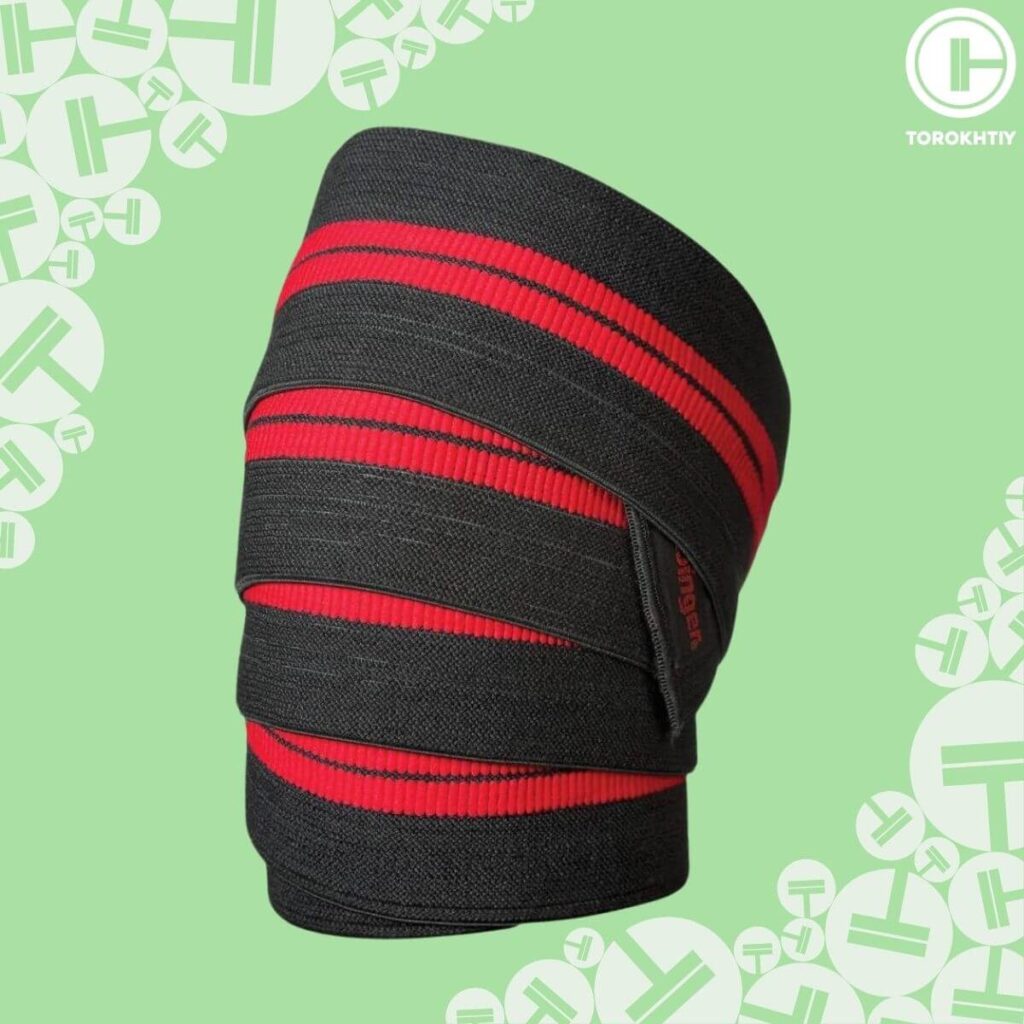
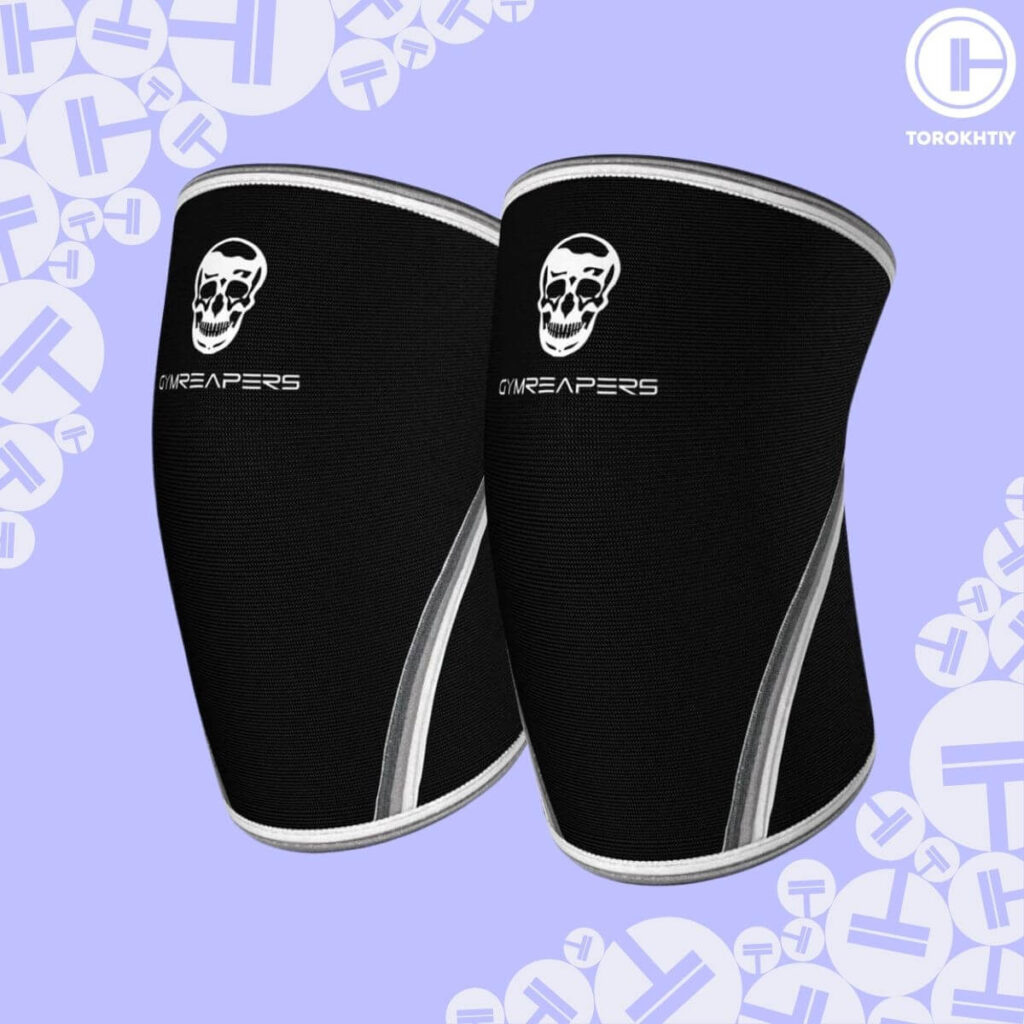
Very helpful article. Thank you very much!